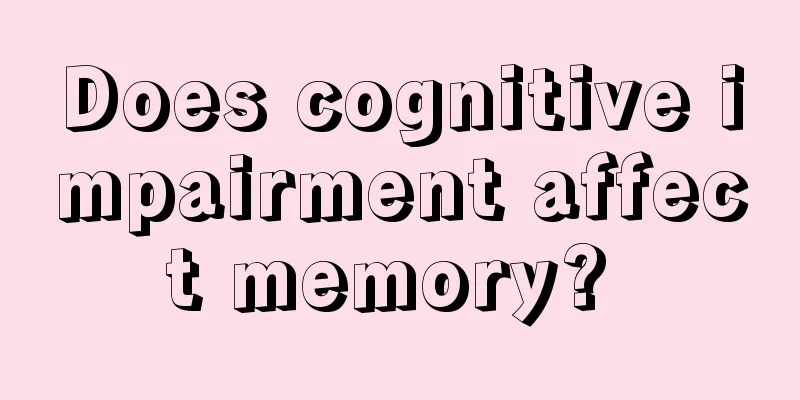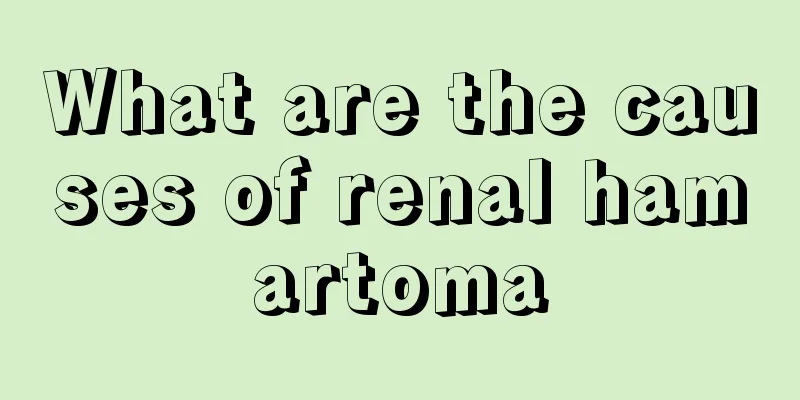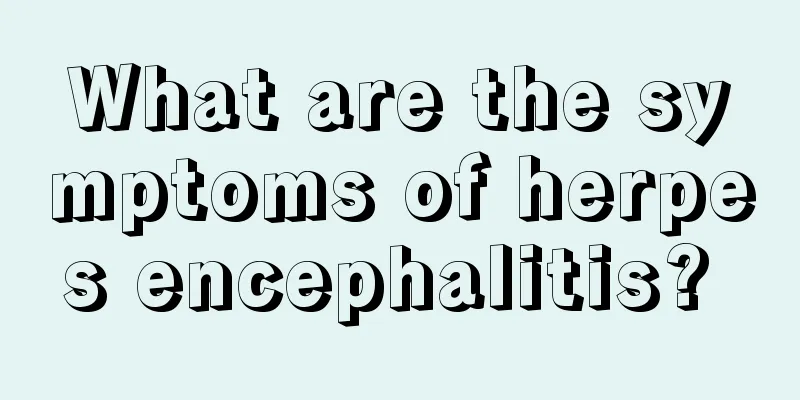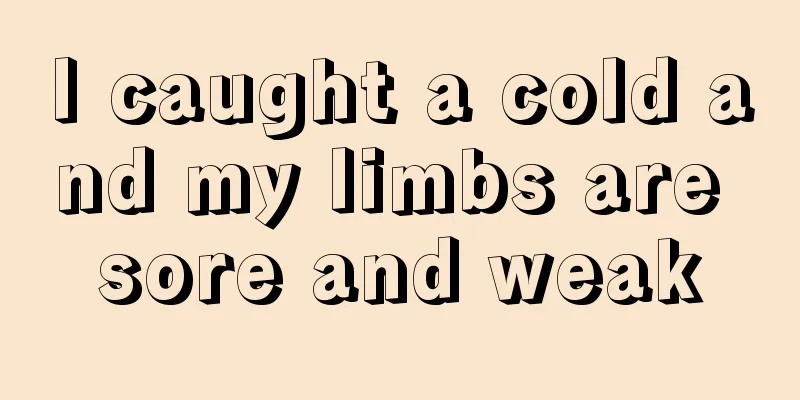Does cognitive impairment affect memory?

|
Since many disorders are not well understood, few people are aware of them. Cognitive impairment refers to the insensitivity of the perceptual system, which often leads to decreased memory function, memory loss, and thinking disorders, as well as hallucinations and pathological illusions in certain parts of the body. Patients with perceptual disorders may have problems caused by neurons, which often occur in children, middle-aged and elderly people, menopausal women, and schizophrenia patients. Most patients will experience depression, mania, and restlessness. Severe cases will also be accompanied by thinking and eating disorders, leading to problems in multiple aspects of the body. Patients with perceptual disorders must choose appropriate treatment methods based on an understanding of the condition. Main categories Cognitive impairment mainly includes: (1) Perceptual disorders, such as hypersensitivity, dysesthesia, internal discomfort, sensory deterioration, sensory deprivation, pathological illusions, hallucinations, and perceptual complex disorders; (2) memory disorders, such as hypermnesia, memory loss, and memory errors; (3) Thinking disorders, such as abstract generalization process disorders, associative process disorders, logical thinking disorders, delusions, etc. The causes of the above-mentioned cognitive disorders are varied. In addition to organic diseases, most of them are caused by mental illness. Such as neurasthenia, hysteria, hypochondria, menopausal syndrome, depression, obsessive-compulsive disorder, senile dementia, schizophrenia, reactive psychosis, paranoid psychosis, mania, bipolar disorder, etc. Specific categories 1. Sensory impairment 1. Sensory impairment Disorders of sensation mainly include hyperesthesia, hypoesthesia and internal discomfort. 2. Perceptual impairment Perceptual disorders mainly include illusions and hallucinations. 1. Illusion refers to the distorted perception of objective facts. Illusions may occur in both physiological and pathological conditions. Name Conditions of occurrence Can it be corrected? Physiological illusions can be corrected after verification under conditions such as dim light, fear, tension and menstruation Pathological illusions often occur when consciousness is impaired and cannot be corrected 2. Hallucination: Hallucination is an illusory perception, which refers to the perceptual experience that occurs when there is no corresponding objective stimulation from the outside world acting on the sensory organs. Hallucination is the most common and important psychotic symptom in clinical practice, and often exists together with delusion. (1) Depending on the sensory organs involved, hallucinations can be divided into auditory hallucinations, visual hallucinations, olfactory hallucinations, gustatory hallucinations, and visceral hallucinations. (2) Hallucinations can be divided into true hallucinations and false hallucinations based on the source of the experience. (3) According to the special conditions that produce hallucinations, they can be divided into functional hallucinations, thought ringing, psychogenic hallucinations and hypnagogic hallucinations. 3. Comprehensive Perceptual Disorder Psychosensory disturbance refers to the patient's ability to correctly perceive the essential attributes or the whole of objective things, but to perceive certain individuals such as size and shape. Incorrect perception of color, distance, spatial position, etc. is common in epilepsy. 2. Thinking disorders 1. Disorder of the thinking form includes two parts: disorder of thinking association and disorder of thinking logic. 2. Thought content disorder 1. Delusion is a pathological distorted belief, morbid reasoning and judgment, and one of the most common symptoms of mental patients. Its characteristics are: ① The content of the belief is inconsistent with the facts and has no objective reality basis, but the patient firmly believes it; ② The delusions all involve the patient himself and are related to personal interests; ③ Delusions are unique to the individual; ④ The content of delusions varies depending on cultural background and personal experience, but it has a strong sense of the times. 2. Obsessive idea, also known as compulsive thinking, refers to a certain idea or concept that repeatedly appears in the patient's mind. The patient knows that this idea is unnecessary or even absurd, and tries to get rid of it. But in fact, it is often regarded as the patient's wish. They want to get rid of it, but cannot, and the patients are distressed by it. 3. Overvalued idea is a wrong idea that dominates the consciousness. Its occurrence often has a certain factual basis, but the patient's idea is one-sided, inconsistent with the actual situation, and has a strong emotional color, which obviously affects the patient's behavior. |
<<: What are the effects of swallowing disorders
>>: What causes breathing problems?
Recommend
What are the common symptoms of nasopharyngeal tumors
Nasopharyngeal tumor is one of the common maligna...
What are the symptoms of poor blood circulation
We should be alert to the symptoms of poor blood ...
Gout diet menu
In fact, the human body also needs to maintain an...
What are the treatment options for liver cancer?
Liver cancer is one of the most common malignant ...
Why do I always want to sleep?
In real life, people often find themselves very f...
What are the early symptoms of nasopharyngeal carcinoma? What is the prognosis of nasopharyngeal carcinoma?
What are the early symptoms of nasopharyngeal car...
Which department should I go to for tonsil inflammation
Tonsillitis is a common phenomenon in our lives. ...
How to care for lymphoma patients during chemotherapy
Chemotherapy is a common method in the treatment ...
Does standing burn calories?
Many people need to lose weight. In today's s...
Is the whitening of oral mucosa serious?
There are many reasons for the whitening of the o...
Will moisture in the body cause acne?
What should I do if I get acne due to excessive m...
How long can one live with jaundice in the late stage of pancreatic cancer
Pancreatic cancer is a highly malignant digestive...
How to wash clothes with ink
Friends who often learn to paint or practice call...
The hazards and side effects of wrinkle removal injections
Driven by many celebrities, wrinkle-removing inje...
The best way to protect your liver is to do these and benefit you for life
Many people usually pay attention to how to nouri...









